DRM
- First you have to find you Kindle serial number.
- Then you can follow this instructions to instal the DeDRM_tools plugin
Migrei do Kindle para o BookFusion e não poderia estar mais feliz
Deixar de usar o Kindle foi, em realidade, um processo relativamente longo que venho compartilhando no YouTube e no meu blog.
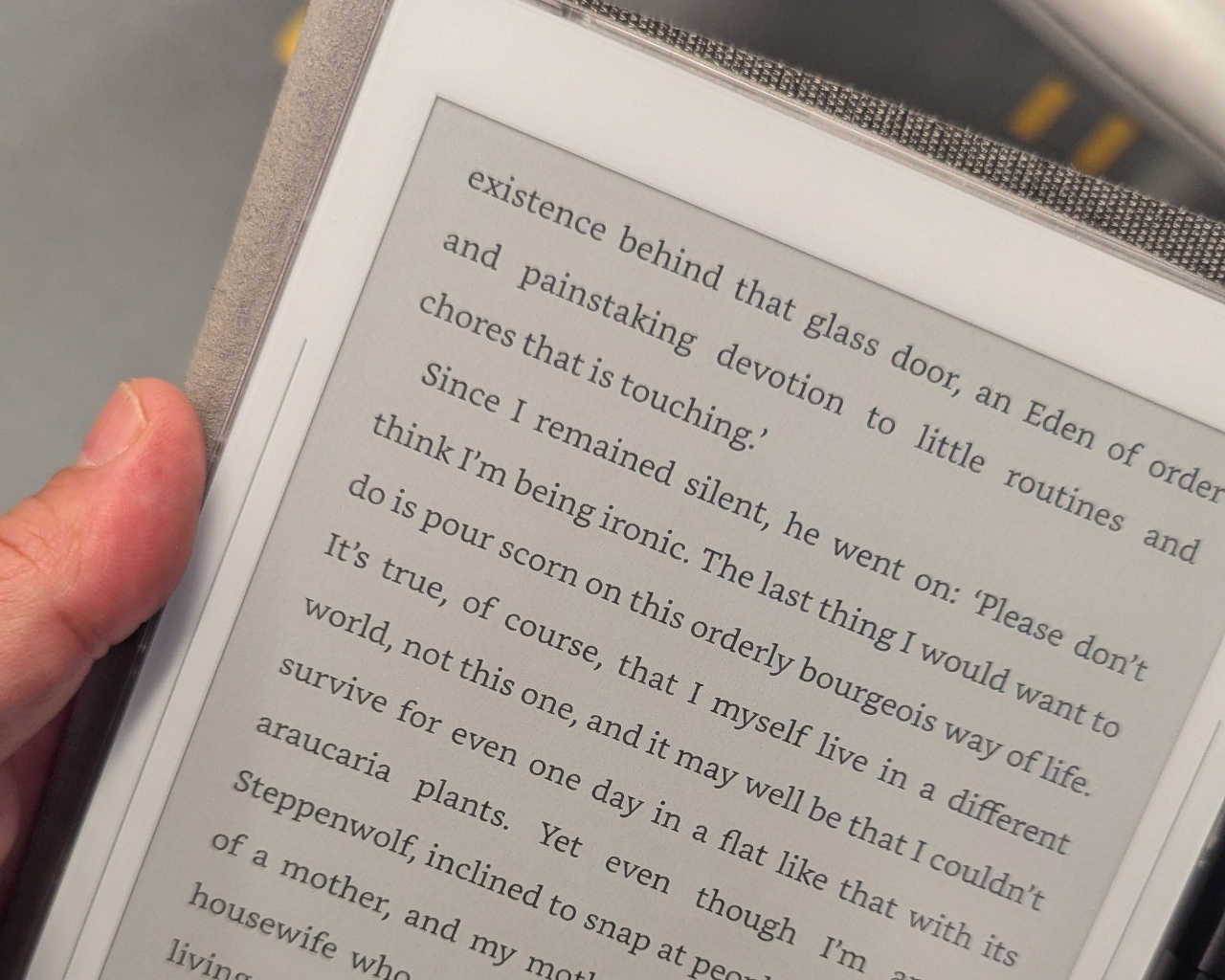
O primeiro passo foi remover o DRM dos meus livros comprados na Amazon e usar o Calibre para gerenciar minha biblioteca. Que, a propósito, passou a ser armazenada no meu cofre do Obsidian. O próximo passo foi testar alguns leitores.
Supernote
O Supernote tem um leitor de ePub e, como meus livros já estavam no Obsidian, foi só uma questão de sincronizar a pasta da biblioteca com o Supernote para abrir e ler qualquer um dos meus eBooks.
Há ainda outras vantagens. Por exemplo, posso usar a caneta e fazer anotações no próprio livro, que depois podem ser enviadas para diversas partes, até mesmo para notas do Obsidian, usando o recurso Digest.
Porém, há uma grande desvantagem. Só posso ler usando o Supernote.
BookFusion
O BookFusion é um leitor que eu já vinha testando no Android, mas que também tem aplicativos para iOS, Mac, Windows e até a web. E assim como acontece no Kindle, minhas anotações, posição de leitura, grifos, etc. são automaticamente sincronizadas entre todos os aparelhos.
Como o Supernote é, na realidade, um “Android disfarçado” ☺️, instalei o BookFusion nele também e passei a ter acesso aos livros que estou lendo, independentemente do dispositivo.
Outra vantagem são as diversas integrações. Por exemplo, há um plugin para o Calibre, que facilita o envio de livros para a nuvem do BooksFusion. Em breve publicarei um vídeo explicando como instalar e usar este recurso.
Outro vídeo, também já gravado, é sobre um plugin incrível que permite sincronizar as nossas anotações, grifos, capa, progresso do livro e mais uma infinidade de outros detalhes com o Obsidian.
Os dois vídeos serão publicados em breve.
Por ora, caso ainda não tenha assistido, sugiro o vídeo abaixo sobre como usei o Calibre para ter controle total sobre minha biblioteca.
Seus livros Kindle NÃO são seus!
Não concordo com as práticas das grandes corporações no que se refere à comercialização de eBooks, mas não concordo com pirataria e de forma alguma quero prejudicar o autor. Em outras palavras, estou às voltas com mais um dilema moral.
Links
Estou editando dois vídeos complementares sobre o assunto #DRM. Em um deles, explico como usar o #Calibre para remover DRM de eBooks #Kindle e #Kobo e como mantenho minha biblioteca no #Obsidian. Este é um vídeo mais técnico que publicarei no canal vladcamposTV.
Há um outro em que explico minhas razões para fazer isto e qual a minha opinião a respeito de DRM. Este segundo, como é em formato de “conversa”, vai para o canal VCP 2.0 e também para o podcast.
Ambos estão gravados e se tudo correr bem, serão publicados amanhã. A propósito, estou cada vez mais contente com a decisão de separar diferentes formatos de conteúdo em dois canais.
I freed my Kindle library and have it synchronized with all my devices
First, I converted the books to ePub using Calibre. Next, they joined my Timeline System in Obsidian for automatic synchronization across all devices, Supernote included.
Like many other modern conveniences, the Kindle ecosystem is built to keep us locked in. As you know, I’ve been taking down walls around digital goods I won, and now it’s time to do it with my books. This project has been on my list for a long time, but it was a recent feature removal from Amazon that motivated me to finally pull the trigger.
We used to be able to go to Amazon.com and download our Kindle books, but that’s not possible anymore. A while ago, when Amazon announced the policy change, I downloaded all my books. If you haven’t done that, I believe you can still have access to them by connecting your Kindle to a computer and manually coping the books.
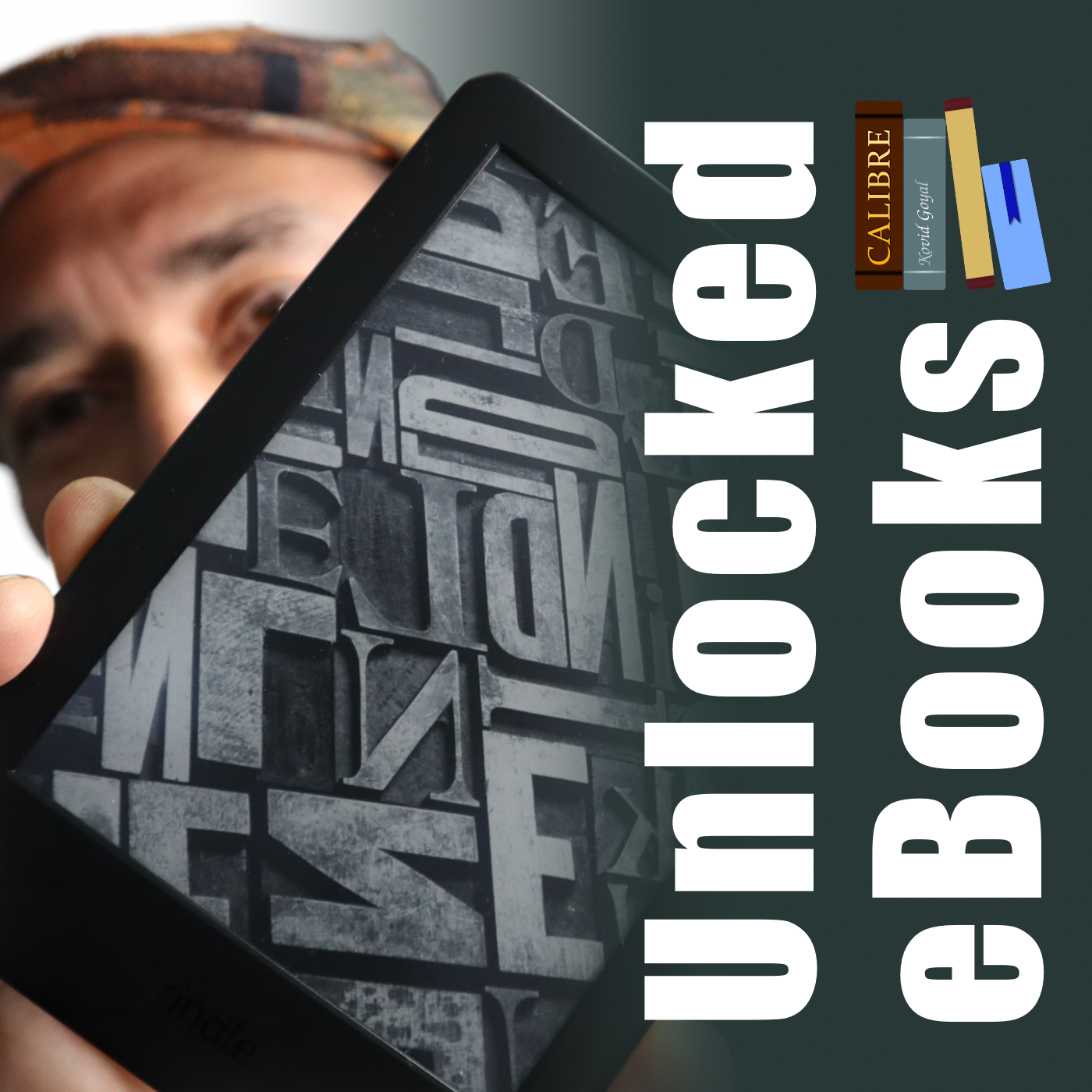
But having the books is just part of the process, as the majority of them are linked to your account via what’s called DRM. Additionally, Amazon uses a proprietary format instead of ePub, which is more widely adopted by e-book readers. In other words, it’s like having your books locked in a box that is locked in another box.
Calibre is the master key that can help us with all of these locks. Additionally, it works as a library management software, keeping all the books in a folder on our computer. That’s just perfect for the Digital Caveman project, right?
When you are first installing the app, it will suggest a folder for your library, but you can change it to what better suits you. In my case, I created a new Static Container (folder) called ‘eBooks’. And because the files in my Timeline System structure synchronize with multiple devices, my library is now widely available. But I’m getting ahead of myself.
As a tip, you can also move the library to a different folder in the future. Just click on the ‘eBooks’ button on the toolbar to choose a new location.
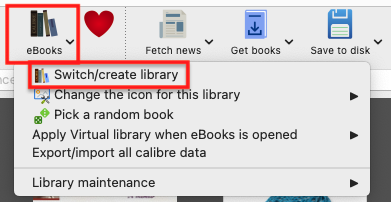
Next, we need to prepare Calibre to be able to remove the DRM from our books. This is done in two parts. First, we need to install and set up a plugin. It’s only after doing this that we’ll be able to tell Calibre to remove the DRM and convert the books to ePub.
Preparing Calibre
Add the serial number to the box and that’s it.
Converting to ePub
With all the above done, go to Calibre’s main window and click on the ‘Add books’ buttons. Select one or more books, and they will be added to your library’s folder.
Next, select one or more books in the list and click on the ‘Convert books’ option. You’ll see a new window with countless details that you can tweak on each book. There are even several formats available in addition to ePub, which is the pre-selected on. In my case, I kept everything as it was and clicked on the button to convert.
The Supernote
To understand how my books are being automatically sent to my Supernote, I suggest watching the video below.
But remember, the books are in my Obsidian Vault. And looking at how Calibre creates folders for each author, I’m already having insights about making those folders somehow connected to other content I have in Obsidian. Especially the ‘Knowledge Base’ notes, which share a strong relationship with the books I read. And that’s one of the reasons I chose to set the ‘eBooks’ folder as a Static Container.
The Digital Caveman Project
There are plenty of details I still would like to adjust, but all the digital content I create and own is now local first and free from walled gardens. In other words, 100% under my control.
In addition to my notes and website being created in Obsidian, my music, photos, now my books, every single file I use for my personal life and work, and even my passwords, are on my computer first. I even have my own ‘cloud’ system and a backup strategy.
🪨 I did it!
How to instal the DeDRM_tools plugin
Download the DeDRM_tools plugin, unzip the folder, and set it apart. Next, go to the Preferences under the Calibre menu option. At the bottom of the page, you’ll see the Plugins button. Click on it. Next, click on the button Load plugin from file.
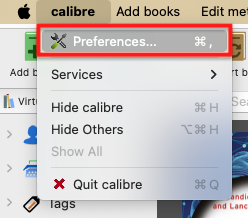
Navigate to the DeDRM_tools folder on your computer, find and select the DeDRM_plugin.zip file. Click on Open, and you’ll see a dialog box asking if you are sure. Click on Yes and in the next dialog box, also on OK.
Now we need to provide the plugin with your Kindle serial number. There are many plugins already installed, so if, for some reason, you can’t see the one we just installed, simply search for DeDRM. Select it and click on the Customize Plugins button and then on Kindle eink ebooks.
You will be asked for your Kindle Serial Number. Add the serial number to the box, and that’s it.
Projeto Homem das Cavernas Digital
en: The Digital Caveman project
O projeto Home das Cavernas Digital—que venho mencionado em alguns vídeos recentes—é uma ideia que surgiu naturalmente. Meu plano não é abandonar a tecnologia, nem simplificar por simplificar. Adoro e pretendo manter todas as comodidades que a vida moderna nos oferece, mas não há razão para sempre usarmos empresas que estão no outro lado do planeta para armazenar e gerir nossa vida digital. É inseguro em muitos aspectos.
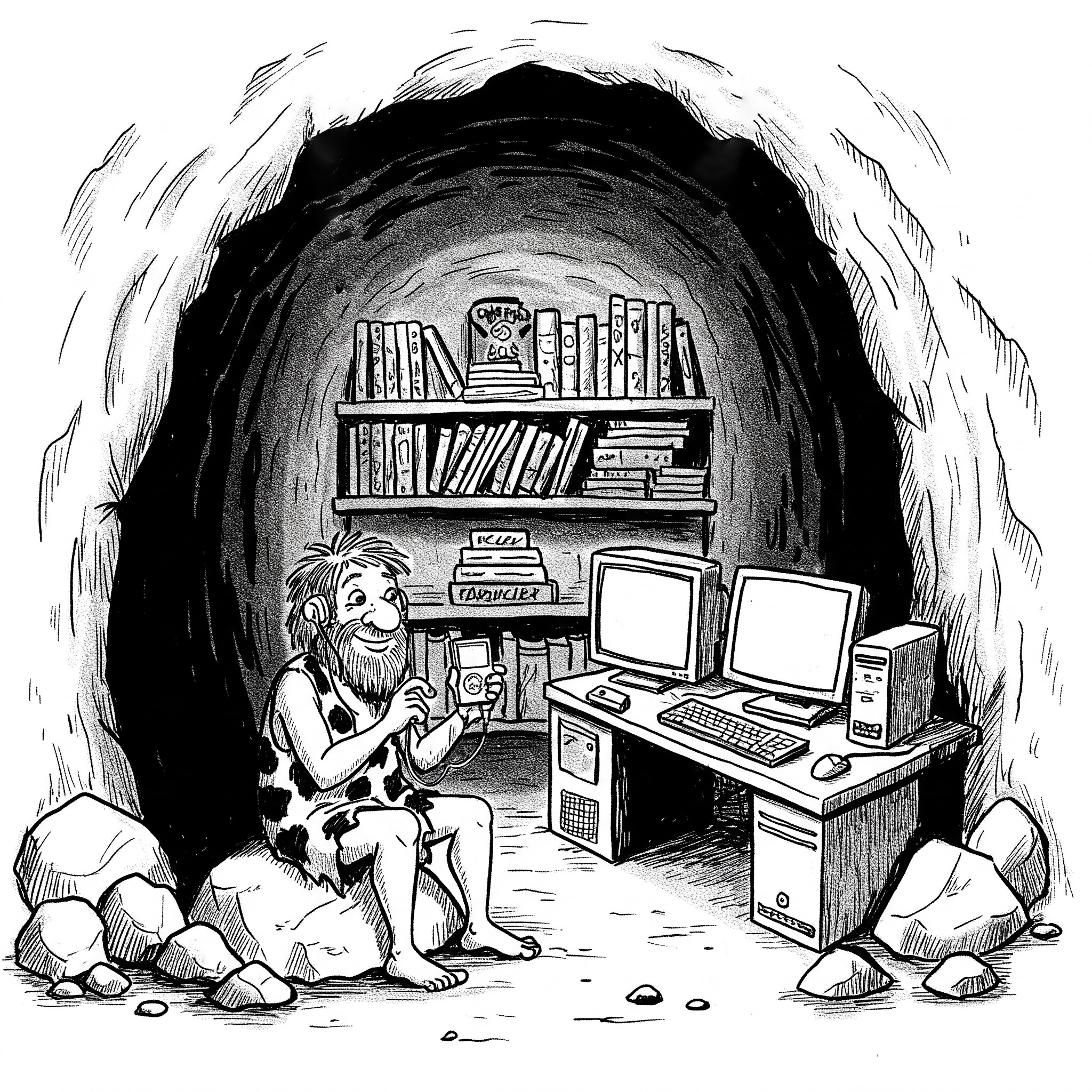
Não sei exatamente quando isto teve início, mas é crescente em mim a necessidade de voltar a ter controle sobre o meu conteúdo digital. Olhando para trás, provavelmente a faísca inicial teve origem no iPod de quinta geração que tenho e uso até hoje. Depois veio o Obsidian que me dá acesso irrestrito às pastas e dados que estão no computador. Aliás, foi esta característica dele que serviu de inspiração para voltar a guardar as minhas fotos localmente em pastas, como uma forma de backup.
Coincidentemente, enquanto escrevo isto, a Amazon decidiu que a partir de 26 de fevereiro de 2025, não será mais possível fazer o download para o computador de livros em formato Kindle adquiridos por nós. Não houve alteração nenhuma no que se refere a baixar e ler os livros no seu Kindle, mas é impossível saber o que a empresa mudará no futuro. Afinal, já não basta bloquear as cópias com DRM, é preciso restringir ainda mais o acesso ao que supostamente é nosso. Uma coisa é pagar por streaming como o Spotify, outra coisa completamente diferente é comprar itens, mesmo que digitais.
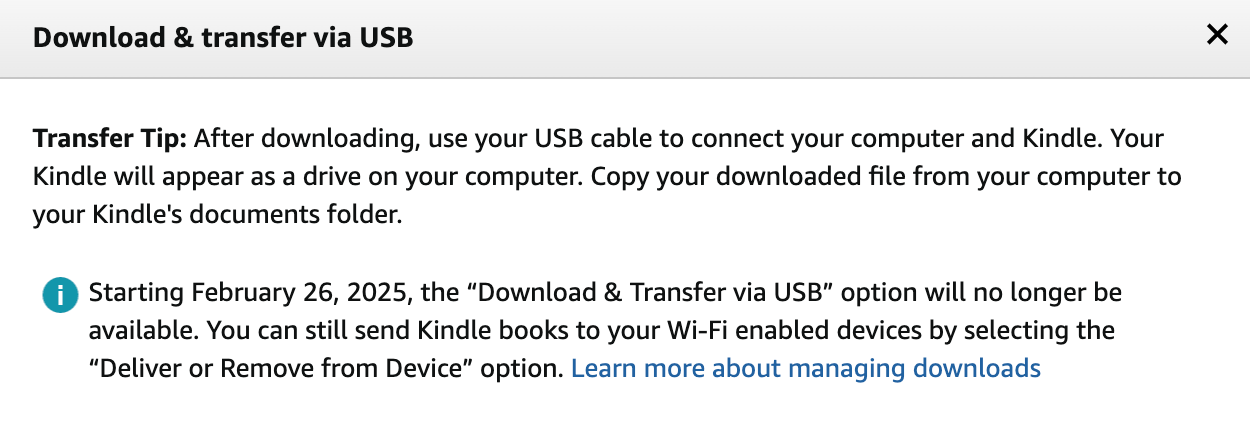
De volta ao meu projeto. Quando criei o Timeline System e passei a utilizá-lo no Obsidian, comecei a imaginar um cenário onde eu teria todos os meus dados em pastas locais.
Depois de alguns testes, notei que é algo perfeitamente possível e atingível se for feito gradualmente. Além das fotos, venho construído uma réplica no computador de diversos locais salvos no Google Maps. Para isto, uso o plugin de Maps do Obsidian. Se algum dia o improvável acontecer e o Google deixar de oferecer o Maps gratuitamente ou simplesmente decidir que o produto não faz sentido, não perderei as minhas memórias de viagem.
Até o momento tenho tido sucesso em todas as minhas empreitadas. Por exemplo, recentemente tenho explorando a possibilidade de usar um gerenciador de senhas que com o banco de dados armazenado localmente no meu computador. Como já tenho as pastas do Obsidian sendo sincronizadas e com backup sendo feito em dois pontos da cidade, nada mais natural do que armazenar o banco de dados lá também. A propósito, dentro do container Timeline.
Há muito caminho a ser trilhado ainda, mas já vislumbro a minha migração para computadores usando Linux como o último estágio desta aventura. Caso queira embarcar nesta jornada, será muito bem-vindo.
Sei que isto não é para todo. Em realidade parece ser algo que apenas uma minoria entenderá e uma minoria da minoria tentará colocar em prática. É uma pena porque algumas comodidades modernas tem um preço muito alto e no limite pode significar que seus filhos não terão acesso a conteúdos que servirão de belas lembranças para eles depois que você se for.